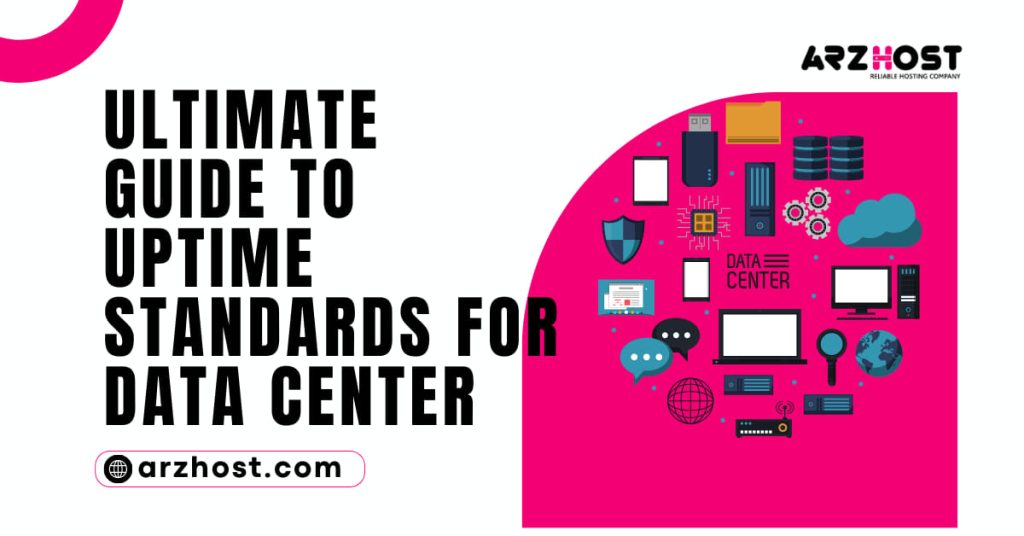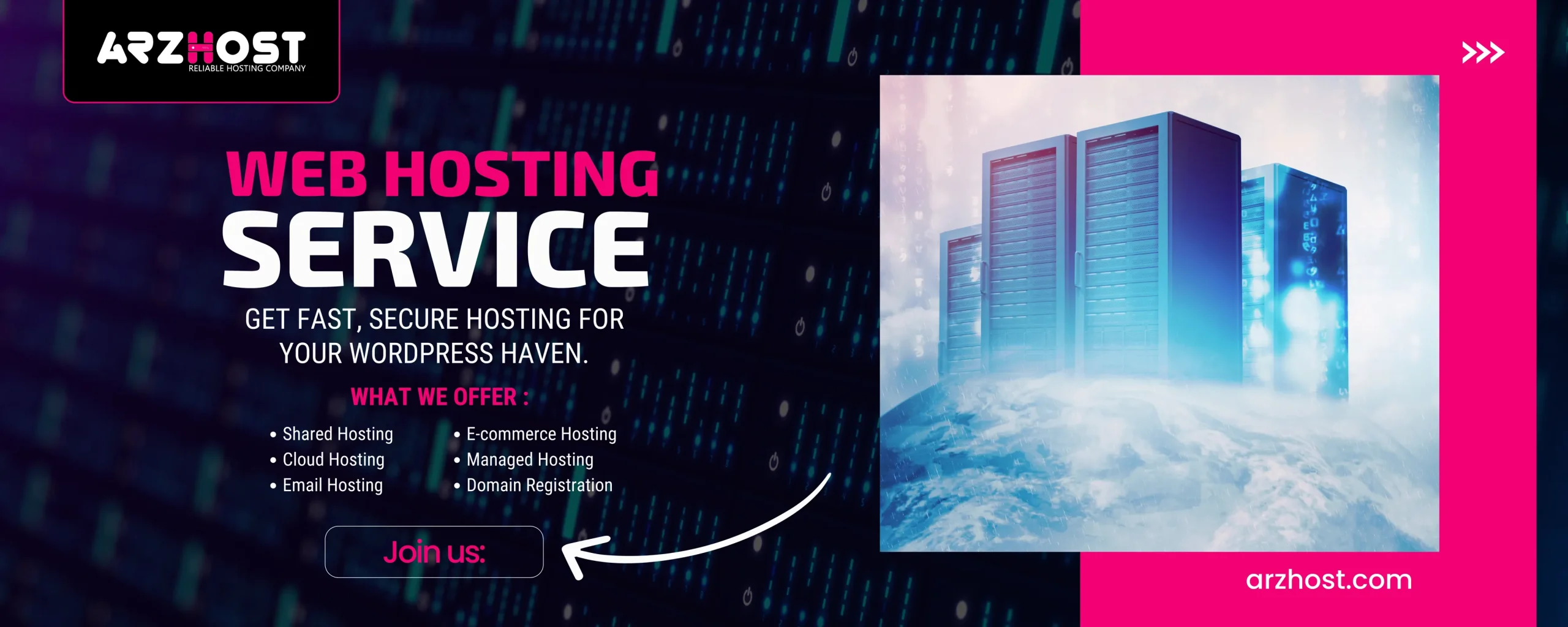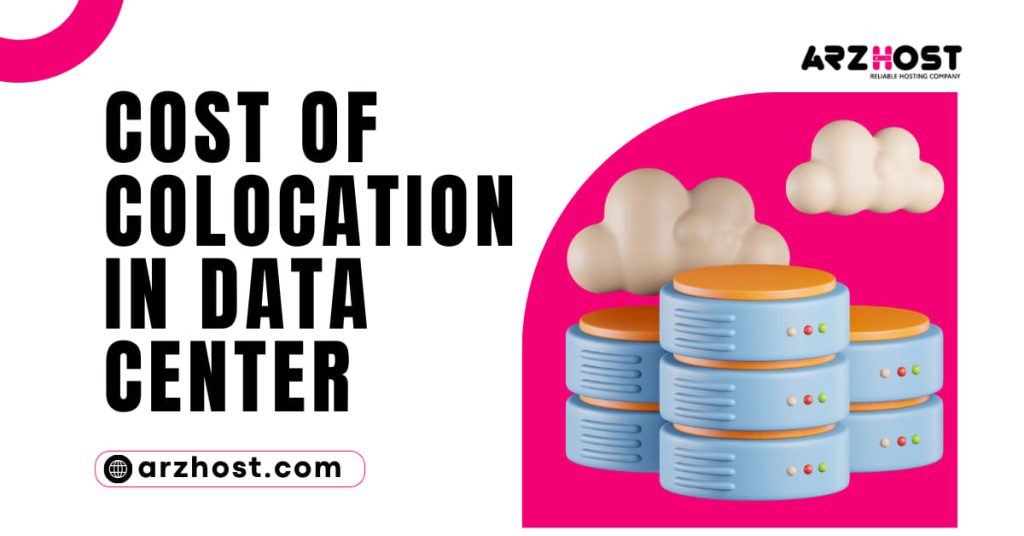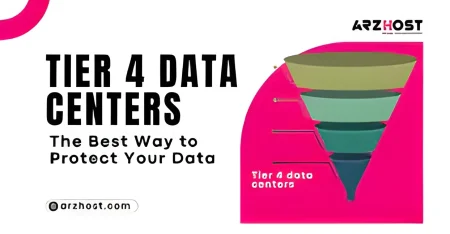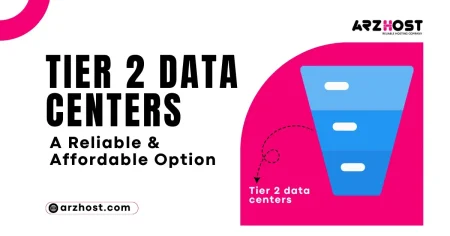An Uptime Standard for Data centers is the data center’s yearly availability that is promised. One of a data center’s primary business objectives is to provide uptime. For data centers to be able to meet contemporary corporate requirements. They must achieve an unheard-of uptime.
Uptime Standards for Data Center providers invest a lot of time and money in redundancy, processes, and certifications to meet these uptime requirements. In its simplest form, uptime is the computation of how frequently a specific resource is accessible during all the minutes or seconds of a given year.
Although it is generally a straightforward notion, the data center might make it more stimulating. Uptime is typically measured in “nines” today, which is the case in the business for calculations starting at 99%.
This ratio helps to improve the operational performance of a data center portfolio definition. A single data center, a system, or a system component on a very specific level by increasing the number of minutes that a particular system or platform is available and functioning properly in comparison to the total number of minutes in a year.
The Data Center’s Uptime is Typically Categorized as Follows:
- TIER I: 99,671% availability
- TIER II: 99.741% availability
- TIER III: 99.982% availability
- TIER IV: 99.995% availability
How is Uptime Determined?
Two nines-99% downtime, on the low end, equates to around 7 hours and 12 minutes of downtime monthly. The downtime decreases as the “nines” Uptime Standards for Data Centers rise to three (99.9%), four (99.99%), and five (99.999%).
Five nines are typically seen as having somewhat good dependability. Additionally, with six nines, or 99.9999%, a typical client in a six nines portfolio would encounter fewer than 32 seconds of annual downtime or 2.6 seconds per month.
Why is Uptime Essential to Your Business?
A chain is only as strong as its weakest link, according to an old proverb. The same is true with data centers in the modern era.
It is becoming more and more important for businesses to always be operational as they build new software and technology to stay competitive. Millions of dollars in lost income can result from milliseconds of latency, according to major gaming, e-commerce, and commercial firms.
According to the most recent research from Uptime Standards for Data Center Institute, a third of all recorded outages cost more than $250,000, and many cost over $1 million.
The difference between two hours and two seconds of downtime is obvious in these terms. Because of this, businesses are increasingly outsourcing the management of data center operations to companies whose primary goal is to maintain a stable power and cooling environment so that client servers can stay operating.
Uptime Standards for Data Center solutions will continue to be essential as logistic and business processes change in the digital era. Companies and organizations will keep pushing for increased data center service availability and dependability.
In order to fulfill our aim of providing our clients with the best uptime possible. We regularly run operational excellence campaigns, regularly carry out internal audits and optimization plans, and put our facilities and field service personnel through extensive training and testing.
What Aspects Are Taken into Account While Classifying Data Centres?
Before permitting any organization to claim a tier data center classification. The Uptime Institute evaluates a data center facility or its design documentation. The Uptime Institute’s criteria are checked as part of Tier Certification of Design Documents. Which subsequently assigns a tier classification based on the results.
Then, the facility’s Tier Certification of Constructed Facility verifies that it was built accurately in accordance with the design documents. Last but not least, Tier Certification of Operational Sustainability (TCOS) assesses a facility’s capacity to run and maintain desired levels of availability and efficiency.
The Uptime Standards for Data Center Institute’s website then displays a list of all facilities with tier classifications. 98 nations presently provide more than 1,700 certificates.
Platform accessibility is the main emphasis of tier classifications. Consideration should be given to the following areas:
- Power: How reliable is the power, not just inside the data center but also from the grid to the building?
- Cooling: Does the building have enough cooling to meet the demands of the platform’s essential areas? Does this cooling also provide redundancy? Will there be space for an overhead?
- Maintenance: Can planned maintenance be performed on the environment with little to no downtime?
- Ability to manage faults: Is it possible for the complete platform to remain operational in the event that one or more components fail without compromising IT systems?
How do the Various Tiers Contrast?
Tier I data centers offer a capable environment with little redundancy to handle power outages and rudimentary protection against system failure. When it comes to equipment failure, these facilities lack resilience.
Due to improved fuel and perhaps energy storage. Data enter Tier II plants offer significantly greater protection against power interruptions.
Concurrent maintainability is a feature of Data Center Tier III facilities, which eliminates the need for a facility shutdown to replace essential equipment since there is sufficient equipment redundancy to allow for both planned and unplanned maintenance.
The highest level of fault tolerance is provided by Tier IV Data Center facilities, which are dual-powered throughout, and have redundant electrical, distribution, and storage systems available, as well as highly redundant server and network architectures.
If there is enough fuel to keep the facility’s generators running and resources, are not under the control of the data center owner. Including public networks, are available, Tier IV facilities should be able to withstand any failure.
Selecting the Appropriate Data Centre Tier
Moving to a Data Center Tier II, Data Center Tier III, or Tier IV Data Center facility is expensive for many small and medium-sized firms that have outgrown an office-based IT system a few servers, and a simple PC/laptop network, for example. In many workplace situations. A Data Center Tier I facility, which can be established by converting existing space, is sufficient.
A Tier II Data Center requirement makes more sense since it incorporates more power fault tolerance for those firms where downtime is more of a problem and where power outages are more frequent.
Uptime Data Center Tier III delivers systems redundancy with a strong ability to maintain a high availability platform when the overall availability of the IT platform is more of a concern.
Tier IV is reserved for businesses with non-negotiable availability requirements, such as high-throughput finance systems or national security systems. This tier is expensive, but it’s a wise investment because the equipment ought to constantly be accessible.
However, Certified Data Center Tier IV is built on a single overall redundancy at all points. So if one piece of equipment fails and a second one fails while the first is being replaced, the system could fail altogether.
The Uptime Standards for Data Center Institute provides additional certification tiers levels using the bronze, silver, and gold TCOS levels in order to circumvent this problem. These levels acknowledge the advancements made by facility owners over the fundamental tier classes. Such as the addition of three-way redundancy to their platforms.
The Uptime Institute’s expert services are available to tier data center types owners who don’t think they can easily upgrade their current facility to a tiered facility to determine what would be needed.
The Institute also provides a different service that does an operational assessment and provides a rating for management and operations.
Related Article




